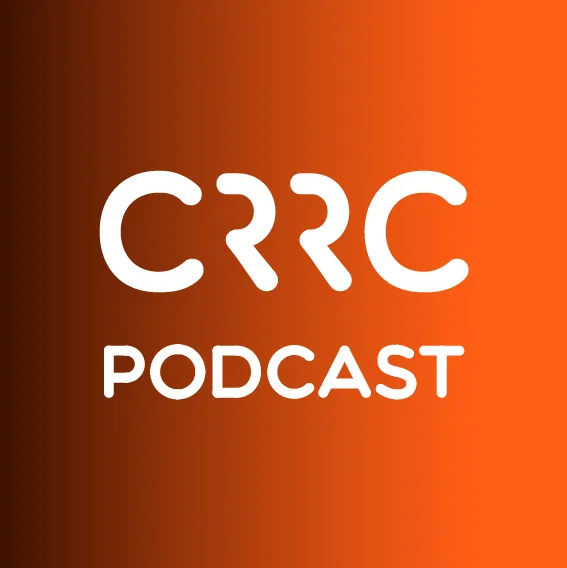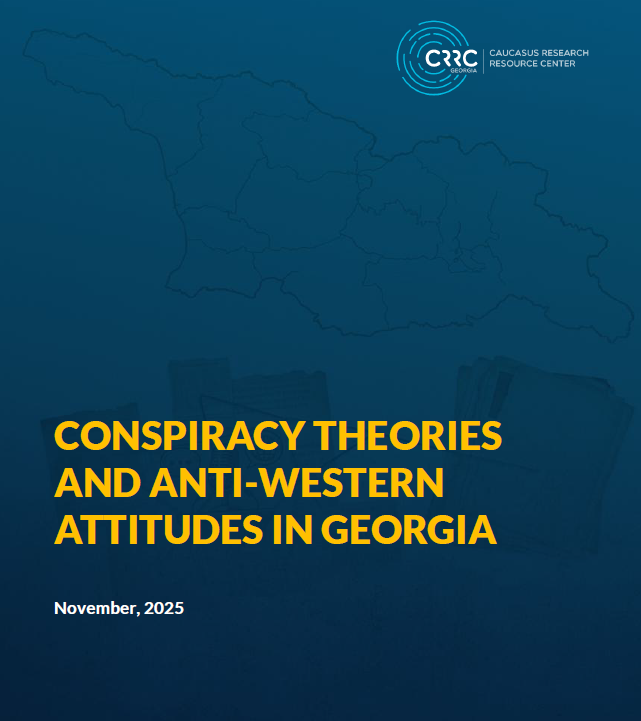Two years ago, Tigran Sargsyan, the Chairman of the Central Bank of Armenia, wrote a brief paper looking at various facets of the economies of the countries of the South Caucasus from four different vantage points including an evaluation of compliance with the Maastricht Treaty, the relationship between each country’s economic processes and the creation of human capital, macroeconomic effectiveness, and the actual sustainability of development.
According to Sargsyan, who confers comical catchphrases to each of the countries (Georgia is the “country of hope,” Azerbaijan the “country of raw resources,” and Armenia the “organized country”), Armenia’s cautious but easily adaptable monetary policies along with coordinated efforts between the Government and the Central Bank have led it to be the best performer in the region. Not a surprising conclusion given the author’s persuasion.
Interestingly, while the measures of the quality of life and wages in the Caucasus indicated similarities, social tensions are considerably more strained in Georgia, where the poverty indicator is much higher.
As for military and defense expenditures, in 2005 Georgia’s budget increased dramatically to $325 million, approximately 21% of the total expenditures of the budget and six percent of GDP. Azerbaijan’s is $650 million, more than quadruple of Armenia’s.
All told, the commonalities in each of the three countries of the South Caucasus are to be expected: high levels of corruption and a robust shadow economy, mutual distrust between the general population and the government, and a serious lack of transparency in industry and corporate governance. Azerbaijan’s escalating military expenditures as a precursor to NATO accession no doubt heighten the security dilemma with Armenia, which may have consequences for the conflict over Nagorno-Karabagh.
It will be interesting to see how Sargsyan reviews his own analysis. We will keep you updated.







